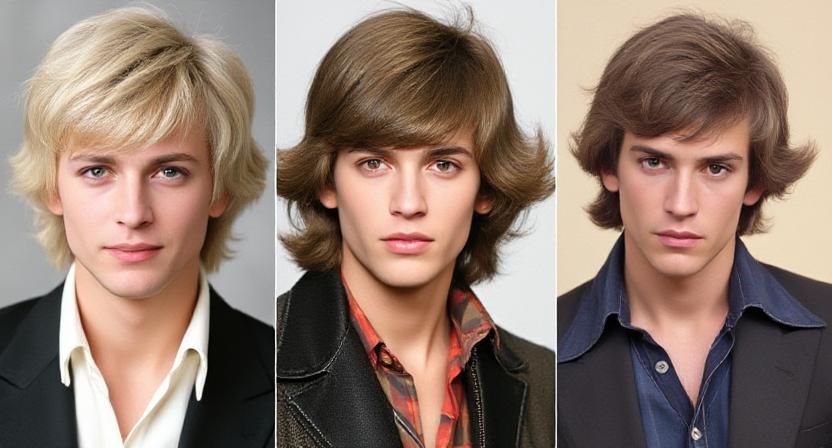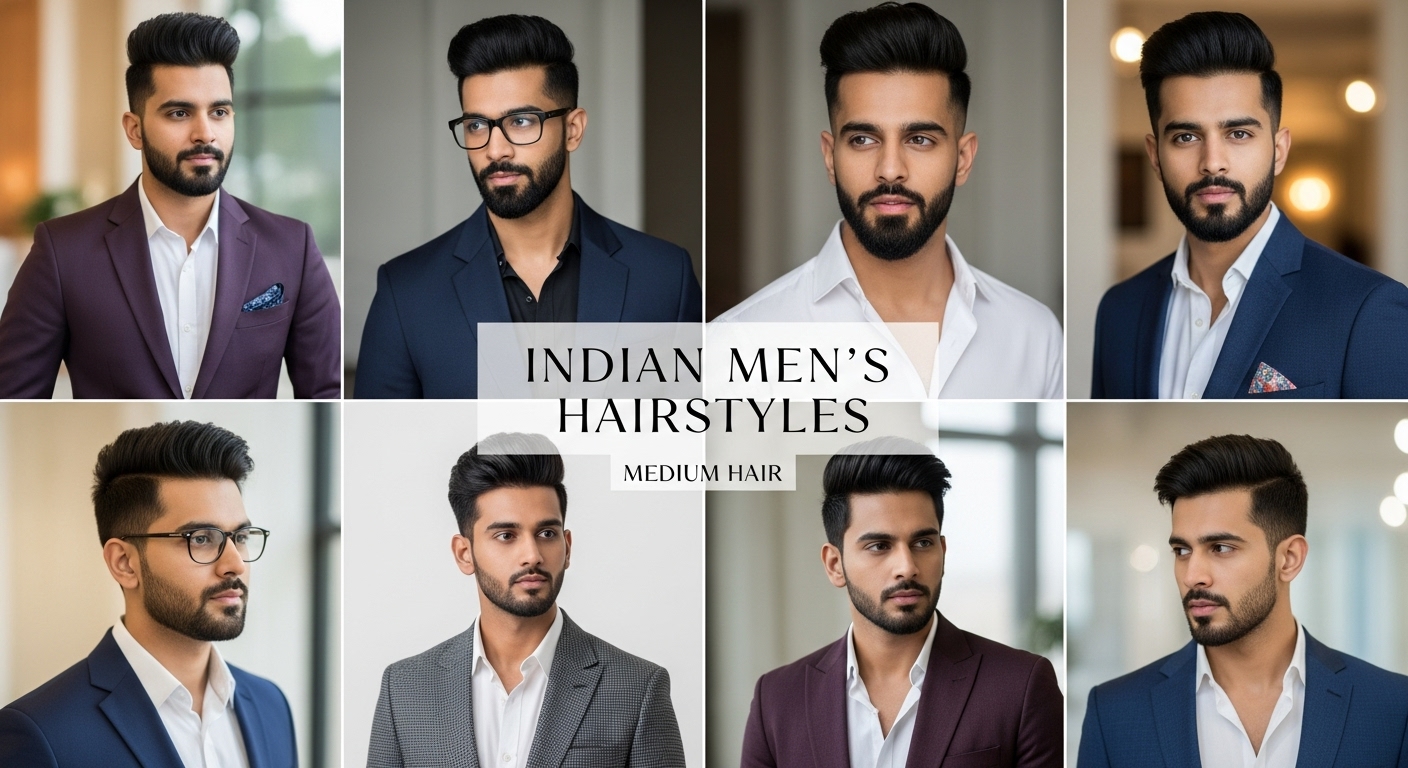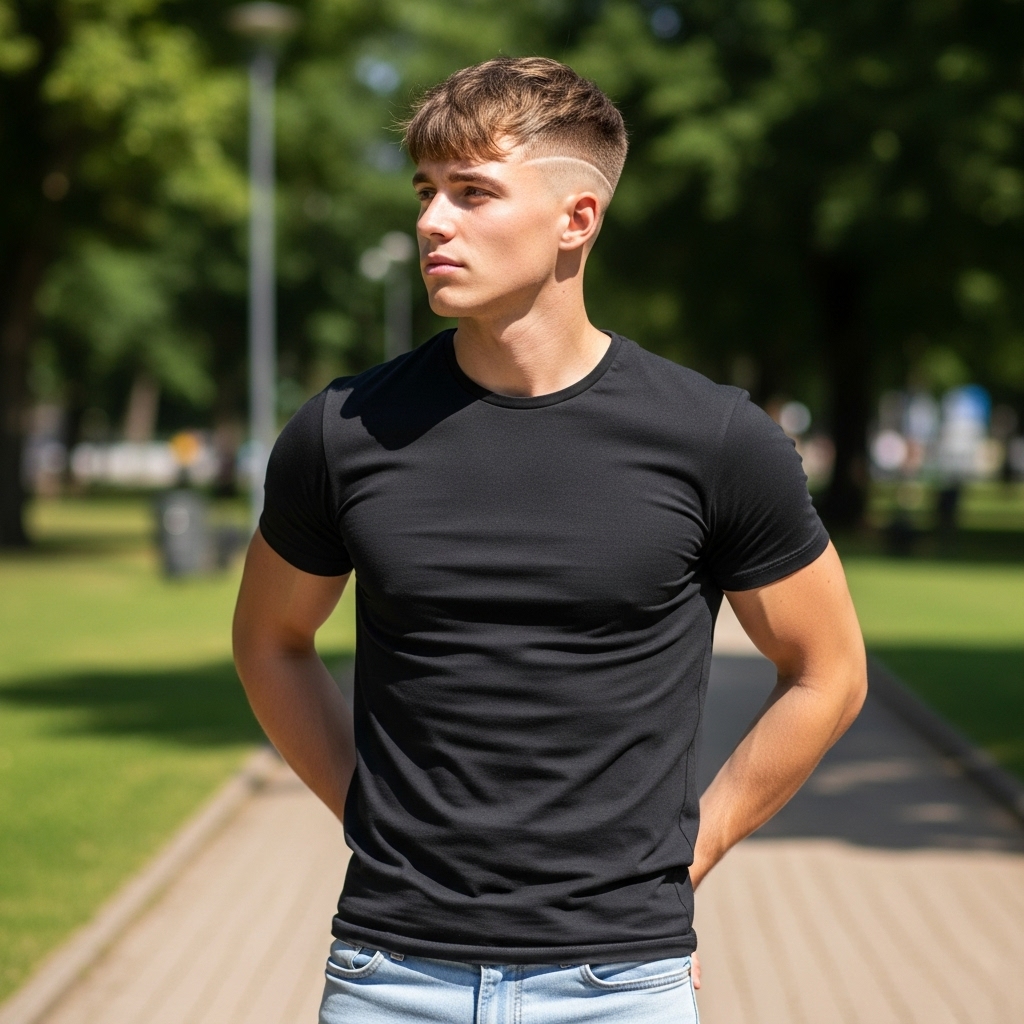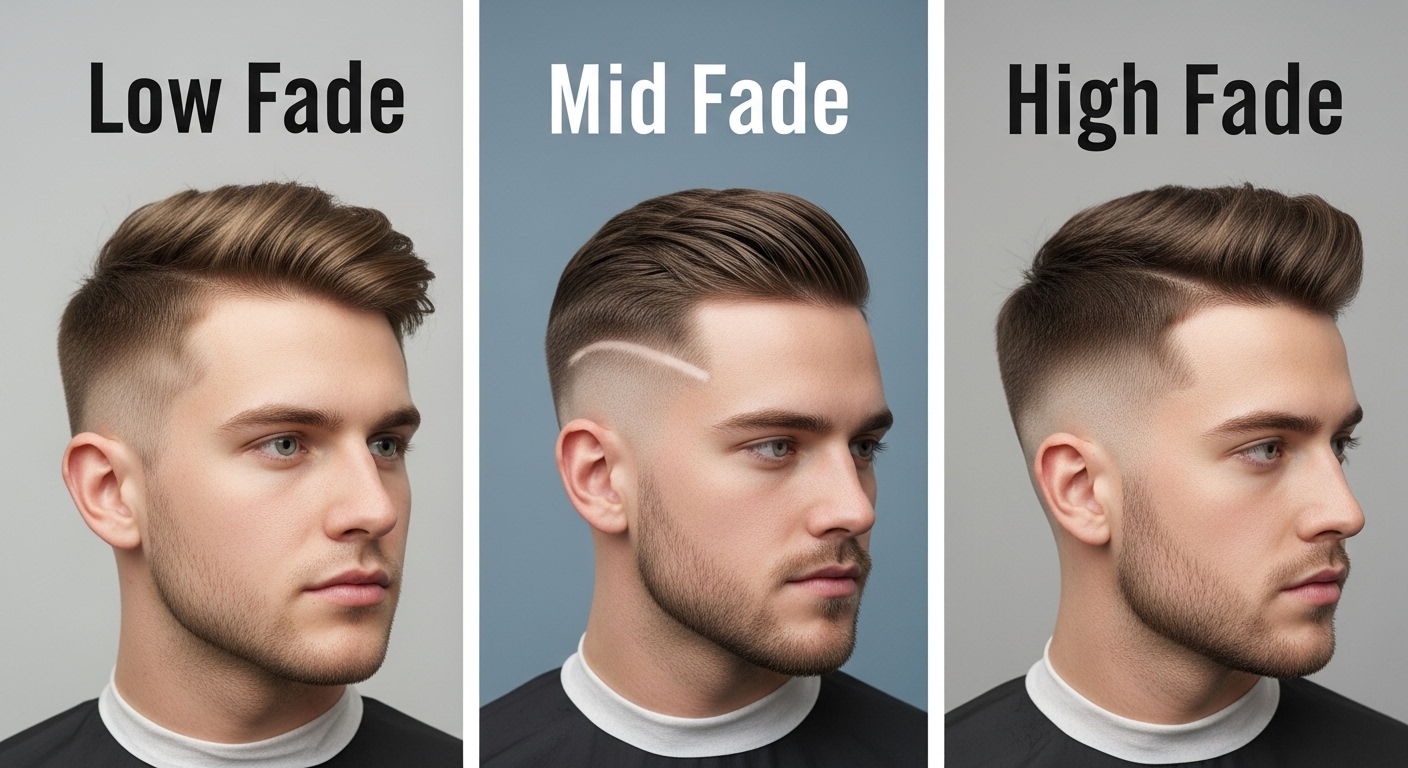The 70s were certainly not the era of subtle styles. The hairstyle of the time was quite loud, bold, and often very similar to those of the fashionable people that the masses were watching. Celebrities were not only the trendsetters but also the main source of inspiration for what people would dare to do in front of their mirrors at home. Moreover, the 70s hairstyles were not only the matters of fashion from feather cuts to afros, shags, and even the neat disco looks but had a way of becoming the indicators of the entire cultural revolutions. And really, a lot of their styles are still getting back in trends these days.
How Celebrities Shaped Hair in the 70s
The entire 70s phenomenon was largely driven by celebrities when it concerned hair. Just a glimpse on the TV, a page on a magazine, or the glamour of a movie premiere was enough for a new style to be adopted by common folks.
Women were courageous enough to cut their hair short with shag or to give their natural curls a free run. Also, men were not only limited to neat cuts as they took the chance to have their hair longer, softer, and thus more versatile for sideburns or full beards.
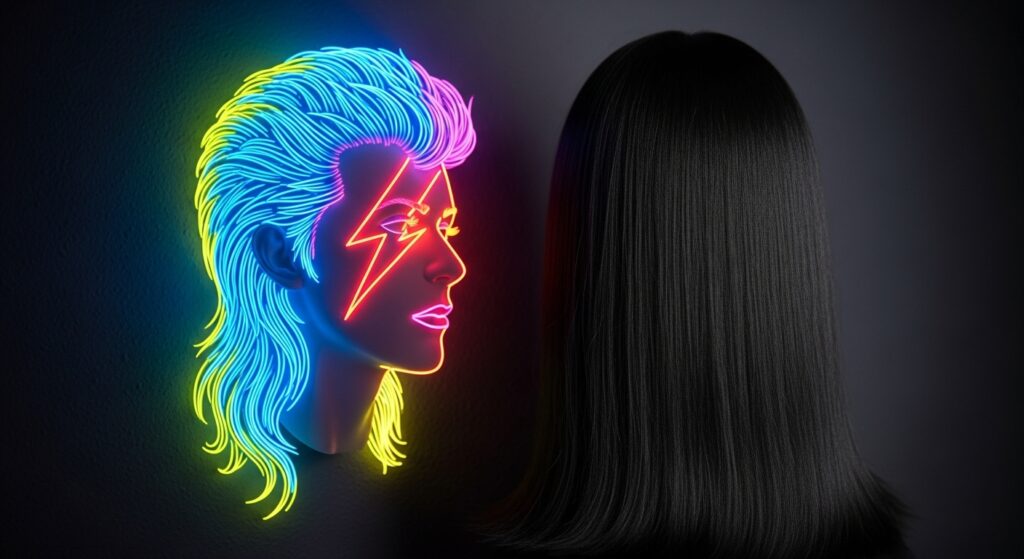
Popular 70s Hairstyles That Defined the Era
Most of these styles were not low key, and that was the main reason for their popularity in the 70s. Actually, they didn’t even have to be. Their quick exposition included bold cuts, sometimes even sparking debates similar to the controversial Hitler haircut, which still gets referenced in modern style discussions.
| Hairstyle | Who Wore It Best | Vibe It Gave |
|---|---|---|
| Feathered Hair | Farrah Fawcett | Carefree, approachable, feminine |
| Shag Cut | Jane Fonda, Mick Jagger | Rock-and-roll edge, unpolished |
| Afro | Pam Grier, The Jackson 5 | Bold, proud, powerful |
| Mullet | David Bowie | Experimental, glam-rock energy |
| Disco Slick | John Travolta | Smooth, flashy, nightlife-ready |
| Ultra-Long Straight | Cher | Minimalist, dramatic, iconic |
The Feathered Look
Feathered hair was never only Farrah’s domain, but it was she who really made it popular. Those layers that turned out or in around the face were both light and dramatic, and they were not quite controlled but not loose also. It was charming, easy to recognize, and endlessly imitated.
Even men began to feather their hair, which allowed them to soften their appearance while retaining the length of the hair.
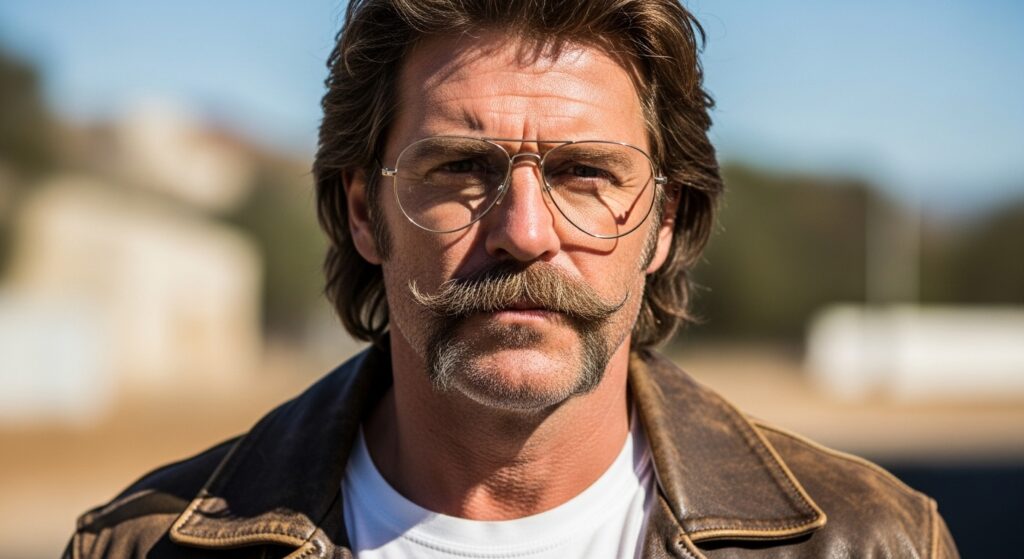
The Shag Cut
Purposefully unkept, layered, and in most cases, the shag looked as if it was made with a razor rather than traditional haircutting shears. The shag was such that people would think you were showing off the haircut.
Afros and Natural Volume
The 70s weren’t only about layers and shaggy cuts. Afros had a cultural significance that was much greater than the fashion aspect. It was style combined with identity and pride.
Wearing hair authentically full was the empowering thing to do for a lot of people and the mainstream media couldn’t ignore it anymore. The afro became both a personal and political statement.
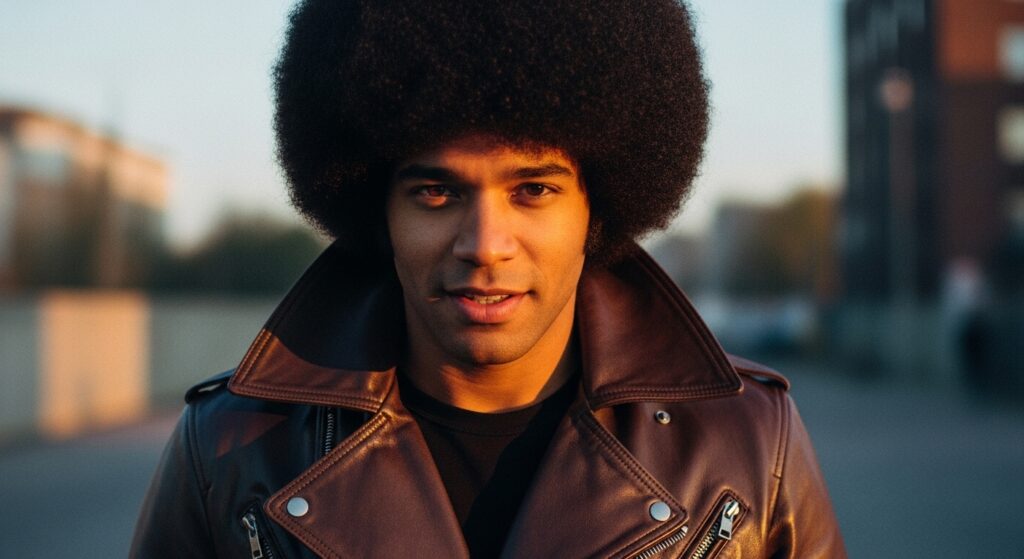
Men and the Disco Scene
Disco was not just about the glittery costumes and the dance floor, it was also known for its hair. Hair styles during that era included slicking back the hair, parting and these were usually accompanied with mustaches or sideburns.
John Travolta in Saturday Night Fever epitomized the disco look with his hair that was beautifully done and looked as if it had not been disturbed all through the night.
Glam Rock Influence
Glam rockers had completely different approach as compared to other artists. Taking his appearance to a whole new level, Bowie not only dyed his hair bright red, but he also cut it into some bizarre shapes, and he blurred the gender lines.
To add up to his image, Marc Bolan had his curly hair falling all over the place, which somehow looked both soft and wild. Needless to say, glam was not tidy and therefore it was brilliant. Modern styles like the line up haircut show how sharp edges can balance that same carefree energy.
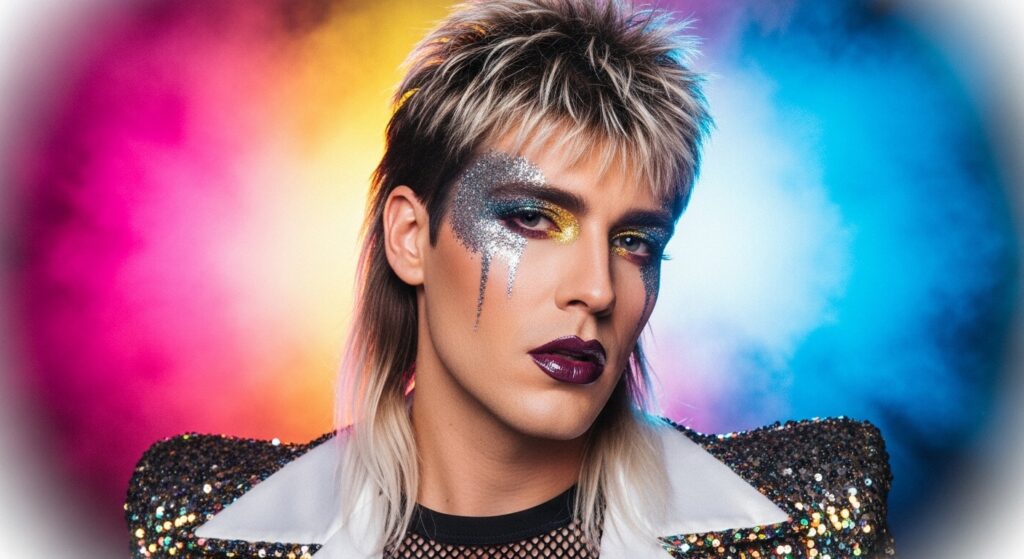
Hairstyles That Came Back Around
While these cuts had gone and come back again a few times, a few of them never really went away. Layered feathered cuts keep coming back every ten years. Shags have regained their popularity and are even being updated.
The world is now much kinder to afros and curly hair than it was in the past. And the mullet, yes the mullet, is once again a thing, only this time it is ironic and fashionable at the same time.
Why They Still Work
One thing about 70s hairstyles is that they were all about character. There wasn’t a single one that was considered “safe” or dull.
Through the medium of just one haircut, the wearer was able to convey what kind of person he/she was, which is very probably the reason why these styles still have the same effect. People nowadays prefer their hair to be not only easy to maintain but also give them a sense of self.
Final Thoughts
If you look at the hair from the 70s, you see that it was very much influenced by music, movies and movements. Getting your hair done was no longer your usual routine, it was now another form of expression.
There was a haircut that would suit your style whether you liked disco, rock, or soul. Perhaps this is the reason why these styles keep lingering around as they were never just about fashion to begin with.
FAQs
1. What were the most popular 70s hairstyles?
Feathered hair, shags, afros, mullets, sleek long hair, and slick disco styles were the main hairstyles of the decade.
2. Did men have long hair in the 70s?
Absolutely, many men maintained long hair, most of the time being feathered, shaggy, or mullet-style. Eventually, both rock and disco scenes would lead a style trend which would be taken up by the whole world.
3. Who started the feathered hairstyle trend?
In the 1970s, Farrah Fawcett made feathered hair the icon and it was not long before it was everywhere in the world.
4. Why were afros important in the 70s?
A change had happened with Afros as they turned from a hairdo into a symbol of self-respect and identity throughout the Black Power era.
5. Are 70s hairstyles still popular today?
Yes, the fashion and hairstyling industry have been extolling the thatched, mullet, feathered cut, and afro revival in their contemporary versions.

Roy Anderson brings a deep love for hair care and styling products, offering practical advice on keeping your hair in top shape every day. He reviews popular and underrated hair products to guide readers toward the best choices. Roy also shares home care routines to promote strong, healthy hair.

